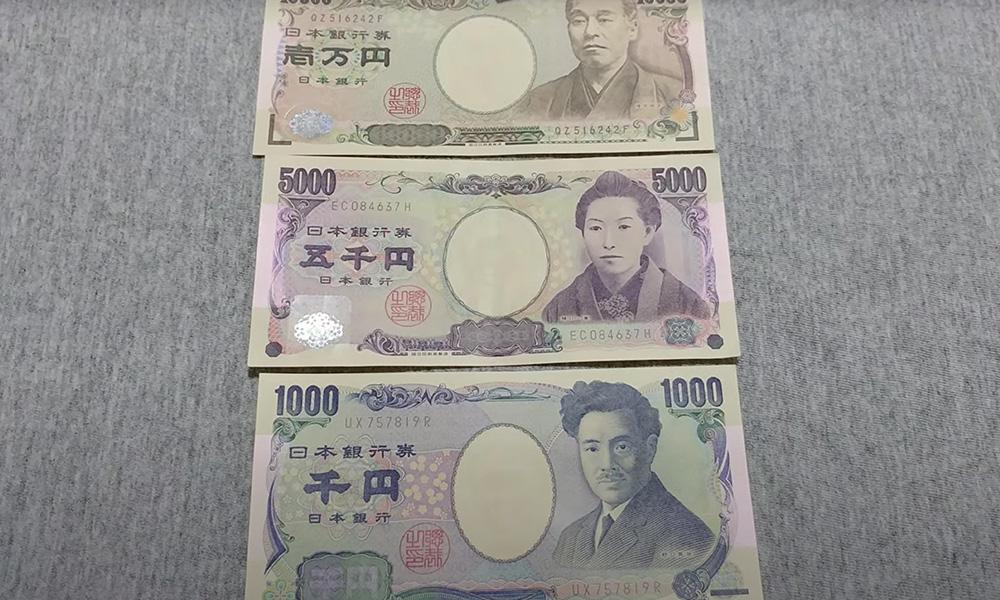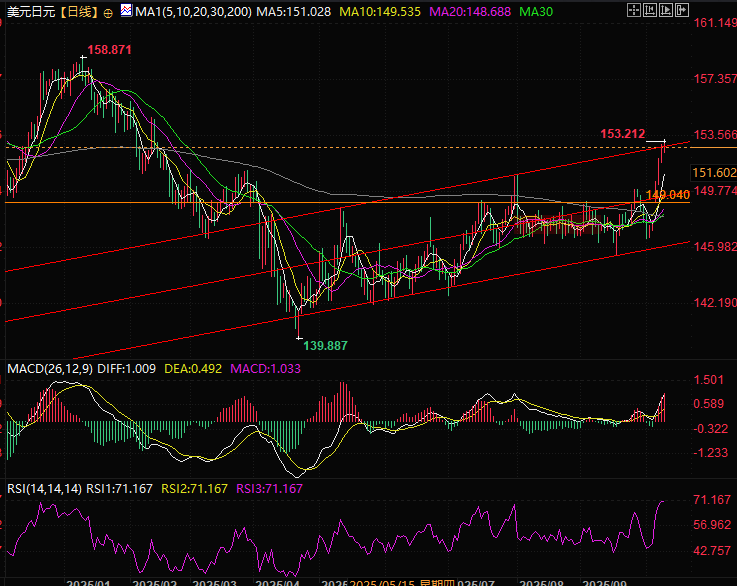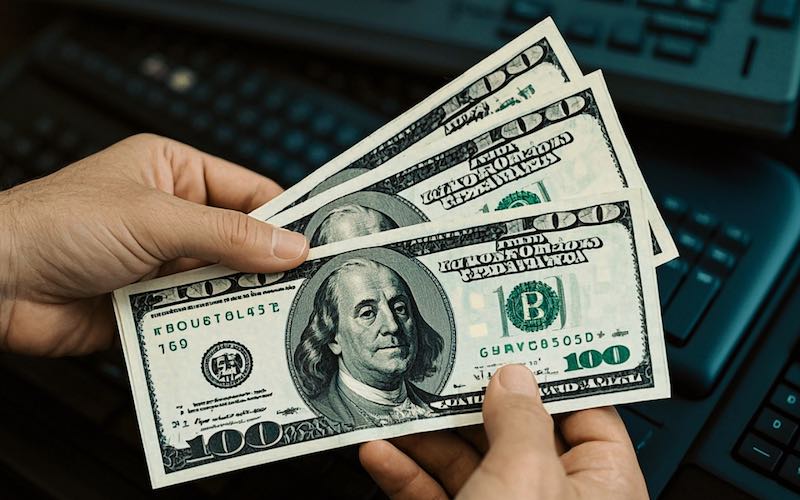Is the yen collapsing? Will Sanae Takaichi's rise to power trigger a policy war?
2025-10-09 20:39:24
Investors are still concerned that Sanae Takaichi's unexpected victory in the ruling Liberal Democratic Party's election may usher in a new round of fiscal easing, which will put pressure on the Bank of Japan to continue its loose monetary policy stance and depreciate the yen. However, there is actually a more pessimistic view that a policy war may be unfolding behind the scenes. We have summarized recent market events and views and provided an outlook for the future trend of the yen.

Under the influence of the government, the Bank of Japan will temporarily maintain low interest rates
On Thursday, Etsuro Honda, economic adviser to the new Liberal Democratic Party leader (and most likely the next prime minister) Sanae Takaichi, made a public statement, clearly stating that the Bank of Japan should "be cautious about raising interest rates", which further confirmed the market's previous concerns.
Honda Etsuro said that the timing of the next interest rate hike is still unclear and that the depreciation of the yen has a positive effect on economic recovery - this statement further strengthened the policy pressure on the Bank of Japan to postpone subsequent tightening measures.
In addition, if Komeito withdraws from the coalition government, there are concerns that Yuichiro Tamaki may be elected as the new prime minister in the prime ministerial nomination vote.
Given the uncertainty of the political situation, the market needs to remain cautious.
Inflation is expected to fall, and slowing exports are not conducive to interest rate hikes
This morning, Japan reported that labor cash income growth slowed in August, rising 1.5% year-on-year, compared to a revised 3.4% increase (previously reported as 4.1%). Adjusted for inflation, real cash income fell 1.4% year-on-year, with July's figure revised from an initial 0.5% increase to a 0.2% decline. However, as data released yesterday showed, the slowdown in income growth did not dampen Japanese household spending, which still grew 2.3% year-on-year.
Furthermore, Japan's current account surplus widened to approximately 3.78 trillion yen in August, up from 2.68 trillion yen in July, but lower than the projected 3.97 trillion yen in August 2024. The trade deficit narrowed to 105.6 trillion yen in the same period, from 1.895 trillion yen in July and 3.855 trillion yen in August 2024. Despite the yen's weakness, the market generally believes that the incoming Liberal Democratic Party government may hinder the Bank of Japan's interest rate hikes. Last weekend, swap markets were pricing in a 14 basis point rate hike from the Bank of Japan. This rate fell to just under 5 basis points on Monday and has now rebounded slightly to just over 6 basis points.
The depreciation of the yen is beneficial to Japan's fundamentals and will eventually feed back to the yen's value
Honda believes that a moderate depreciation of the yen during the economic recovery phase is beneficial to the economy. Japan's domestic market is experiencing growth thanks to a tourism boom, and a weak yen further inflates the yen-converted value of overseas earnings. However, a sharp depreciation exceeding 155 yen per dollar is unlikely.
Market expectations for the Bank of Japan to raise interest rates have cooled significantly, with the probability of a rate hike by the end of October falling to 27% and the probability of a rate hike in December being 44%.
High-market trading and macro hedge funds are a major driver of the yen's short-term depreciation.
In today's Tokyo foreign exchange market, the market expects that the US dollar will continue to "trade high" against the Japanese yen (i.e. sell Japanese yen, sell Japanese government bonds, and buy Japanese stocks), taking advantage of the political vacuum before the appointment of the next prime minister.
After Sanae Takaichi was elected as the new president of the Liberal Democratic Party (LDP) on the 4th, speculation about her economic policies, known as "SanAEconomics," led to "Takaichi trades" (selling yen, selling Japanese government bonds, and buying Japanese stocks), pushing the USD/JPY exchange rate up to 153.00 yen.
The formation of the new cabinet must wait for the extraordinary parliamentary session scheduled for the 15th to elect the next prime minister; however, there are reports that the meeting may be postponed to around the 20th.
During this political vacuum, the market's selling momentum towards the yen is likely to continue.
According to market sources, speculative investors were forced to liquidate their long yen positions that they still held as of the end of last week.
Currently, they are preparing for further dollar strength and yen weakness through yen carry trades and dollar call options.
Macro hedge funds were extremely active in yen trading on Monday, with a large portion of the flows reflecting a "large-scale unwinding" of bullish positions rather than new bearish bets, according to traders at Nomura International and Citigroup.
The dollar surged nearly 2% against the yen on expectations that a Sanae Takaichi victory could boost fiscal stimulus and slow the Bank of Japan's rate hikes.
Traders said many funds bought the dollar primarily to close existing short positions rather than to establish new bearish exposure.
"To me, this is a massive liquidation," said Antony Foster, head of G10 spot trading at Nomura in London.
“We have certainly seen some dollar buying since the LDP election, but you can’t say that macro hedge funds as a whole are taking any particular action. Some are closing positions, some are going long on the dollar, but the main flow seems to be towards the former.”
Options market activity also reflects these trends, but it is worth noting that these are just pushes, but when the time is right, they will completely cause the yen to move in the opposite direction, and these are short-term supports and not long-term.
A sharp devaluation of the yen is not in the interests of the United States
The Trump administration has taken a weak dollar stance and is trying to reduce the trade deficit by raising tariffs.
It is reported that U.S. Treasury Secretary Bessent had telephone conversations with Bank of Japan Governor Kazuo Ueda in February and August, asking Japan to raise interest rates to curb the depreciation of the yen. During the talks on February 5, the U.S. dollar-yen exchange rate traded in the range of 152-154 yen.
In 2024, after the USD/JPY exchange rate broke through the 161 yen mark, the trend of a stronger dollar and a weaker yen reversed. This reversal was driven by the intervention operation of selling dollars and buying yen led by then-Financial Minister Yasuhiro Kadota. Based on this, the market defined 152 yen as the "Kadota ceiling."
Earlier this week, when the USD/JPY exchange rate broke through the 150 yen mark, Etsuro Honda, former economic adviser to LDP President Shinzo Abe (and currently also economic adviser to LDP President Sanae Takaichi), stepped in to curb excessive exchange rate fluctuations, and Finance Minister Kato also issued a warning about excessive exchange rate fluctuations.
However, there is currently little sign that Japan's domestic monetary authorities have the willingness to effectively prevent the depreciation of the yen.
In 2025, driven by multiple factors such as monetary policy divergence, the unwinding of yen carry trades and adjustments in risk appetite positions, the USD/JPY exchange rate appreciated significantly, becoming a core focus for global investors.
The yen's role as a safe-haven asset is fading
As discussed in the European Central Bank (EBC) forecast, while the Japanese Yen has historically tended to appreciate during global risk-off cycles, the reliability of its safe-haven properties has been questioned against the backdrop of US fiscal concerns and shifting market sentiment.
For investors, the key takeaway is the need to hedge against sudden changes caused by arbitrage trading capital flows and policy divergence.
The unwinding of yen carry trades has shown how quickly funds can be reallocated, creating both risks and opportunities.
Investors with USD/JPY exposure need to pay close attention to the policy communications of central banks around the world, especially the Federal Reserve's inflation outlook and the Bank of Japan's interest rate hike stance.
In the United States, the minutes of the Federal Reserve's September meeting did not reverse market expectations. The market still generally believes that the Federal Reserve will cut interest rates again in October, and there is a high probability of further cuts in December.
The US government is currently in a state of shutdown, and the lack of core fundamental data makes it difficult to revise the above expectations. Traders will focus on speeches by Federal Reserve Chairman Jerome Powell and Vice Chairman for Supervision Michelle Bowman later today.
in conclusion:
The sharp appreciation of the USD/JPY in 2025 is the result of the combined effect of multiple structural forces: the unwinding of yen carry trades, diverging monetary policies, and dynamically adjusted risk appetite positions.
While the dollar's dominance appears secure in the short term, the fragility of carry trade strategies and the potential for a rebound in the yen highlight the need for dynamic risk management, indicating that the yen has no basis for long-term depreciation.
As global markets evolve in this complex environment, investors need to remain flexible and balance the opportunities to pursue yield with the reality of a rapidly changing monetary policy environment.

(USD/JPY daily chart, the exchange rate encountered resistance in its upward trend. Source: Yihuitong)
- Risk Warning and Disclaimer
- The market involves risk, and trading may not be suitable for all investors. This article is for reference only and does not constitute personal investment advice, nor does it take into account certain users’ specific investment objectives, financial situation, or other needs. Any investment decisions made based on this information are at your own risk.





















